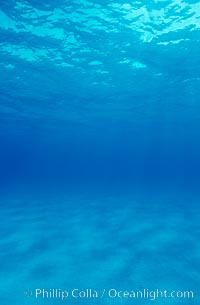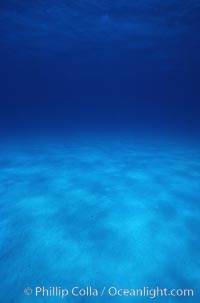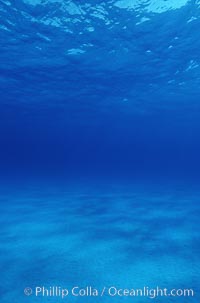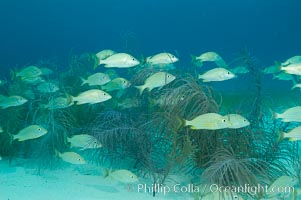
Squid egg masses attached to sandy bottom.
Species: Common squid, Loligo opalescens
Location: La Jolla, California
Image ID: 03113
Species: Common squid, Loligo opalescens
Location: La Jolla, California
Image ID: 03113
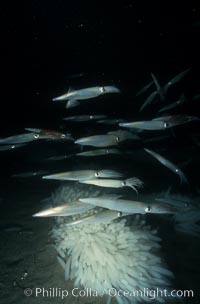
Mating squid and egg masses attached to sandy bottom.
Species: Common squid, Loligo opalescens
Location: La Jolla, California
Image ID: 03114
Species: Common squid, Loligo opalescens
Location: La Jolla, California
Image ID: 03114

Videographer films mating squid and egg masses attached to sandy bottom.
Species: Common squid, Loligo opalescens
Location: La Jolla, California
Image ID: 03115
Species: Common squid, Loligo opalescens
Location: La Jolla, California
Image ID: 03115
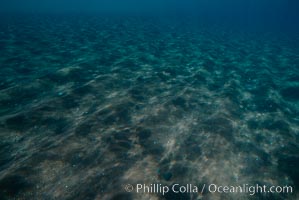
Sand, water and light.
Image ID: 05669
Image ID: 05669

Sand ripples.
Image ID: 05646
Image ID: 05646

Sand ripples.
Image ID: 05647
Image ID: 05647

A starfish (sea star) on the sandy bottom.
Species: Giant sea star, Pisaster giganteus
Location: Santa Barbara Island, California
Image ID: 10141
Species: Giant sea star, Pisaster giganteus
Location: Santa Barbara Island, California
Image ID: 10141

Turtle grass is the most common seagrass in the Caribbean, typically growing on sandy and coral rubble bottoms to a depth of 30 feet.
Species: Turtle grass, Thalassia testudinum
Location: Great Isaac Island, Bahamas
Image ID: 10856
Species: Turtle grass, Thalassia testudinum
Location: Great Isaac Island, Bahamas
Image ID: 10856
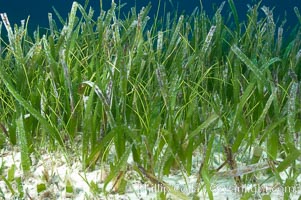
Turtle grass is the most common seagrass in the Caribbean, typically growing on sandy and coral rubble bottoms to a depth of 30 feet.
Species: Turtle grass, Thalassia testudinum
Location: Great Isaac Island, Bahamas
Image ID: 10857
Species: Turtle grass, Thalassia testudinum
Location: Great Isaac Island, Bahamas
Image ID: 10857

Turtle grass is the most common seagrass in the Caribbean, typically growing on sandy and coral rubble bottoms to a depth of 30 feet.
Species: Turtle grass, Thalassia testudinum
Location: Great Isaac Island, Bahamas
Image ID: 10858
Species: Turtle grass, Thalassia testudinum
Location: Great Isaac Island, Bahamas
Image ID: 10858

Turtle grass is the most common seagrass in the Caribbean, typically growing on sandy and coral rubble bottoms to a depth of 30 feet.
Species: Turtle grass, Thalassia testudinum
Location: Great Isaac Island, Bahamas
Image ID: 10890
Species: Turtle grass, Thalassia testudinum
Location: Great Isaac Island, Bahamas
Image ID: 10890

A sea otter eats a clam that it has taken from the shallow sandy bottom of Elkhorn Slough. Because sea otters have such a high metabolic rate, they eat up to 30% of their body weight each day in the form of clams, mussels, urchins, crabs and abalone. Sea otters are the only known tool-using marine mammal, using a stone or old shell to open the shells of their prey as they float on their backs.
Species: Sea otter, Enhydra lutris
Location: Elkhorn Slough National Estuarine Research Reserve, Moss Landing, California
Image ID: 21689
Species: Sea otter, Enhydra lutris
Location: Elkhorn Slough National Estuarine Research Reserve, Moss Landing, California
Image ID: 21689

A sea otter eats a clam that it has taken from the shallow sandy bottom of Elkhorn Slough. Because sea otters have such a high metabolic rate, they eat up to 30% of their body weight each day in the form of clams, mussels, urchins, crabs and abalone. Sea otters are the only known tool-using marine mammal, using a stone or old shell to open the shells of their prey as they float on their backs.
Species: Sea otter, Enhydra lutris
Location: Elkhorn Slough National Estuarine Research Reserve, Moss Landing, California
Image ID: 21694
Species: Sea otter, Enhydra lutris
Location: Elkhorn Slough National Estuarine Research Reserve, Moss Landing, California
Image ID: 21694

A sea otter eats a clam that it has taken from the shallow sandy bottom of Elkhorn Slough. Because sea otters have such a high metabolic rate, they eat up to 30% of their body weight each day in the form of clams, mussels, urchins, crabs and abalone. Sea otters are the only known tool-using marine mammal, using a stone or old shell to open the shells of their prey as they float on their backs.
Species: Sea otter, Enhydra lutris
Location: Elkhorn Slough National Estuarine Research Reserve, Moss Landing, California
Image ID: 21695
Species: Sea otter, Enhydra lutris
Location: Elkhorn Slough National Estuarine Research Reserve, Moss Landing, California
Image ID: 21695

A sea otter eats a clam that it has taken from the shallow sandy bottom of Elkhorn Slough. Because sea otters have such a high metabolic rate, they eat up to 30% of their body weight each day in the form of clams, mussels, urchins, crabs and abalone. Sea otters are the only known tool-using marine mammal, using a stone or old shell to open the shells of their prey as they float on their backs.
Species: Sea otter, Enhydra lutris
Location: Elkhorn Slough National Estuarine Research Reserve, Moss Landing, California
Image ID: 21724
Species: Sea otter, Enhydra lutris
Location: Elkhorn Slough National Estuarine Research Reserve, Moss Landing, California
Image ID: 21724

Drift kelp has washed ashore on a sandy California beach. Winter brings large surf and increased wave energy which often rips giant kelp from the ocean bottom, so that it floats down current, often washing ashore.
Species: Giant kelp, Macrocystis pyrifera
Location: Santa Barbara, California
Image ID: 14883
Species: Giant kelp, Macrocystis pyrifera
Location: Santa Barbara, California
Image ID: 14883


